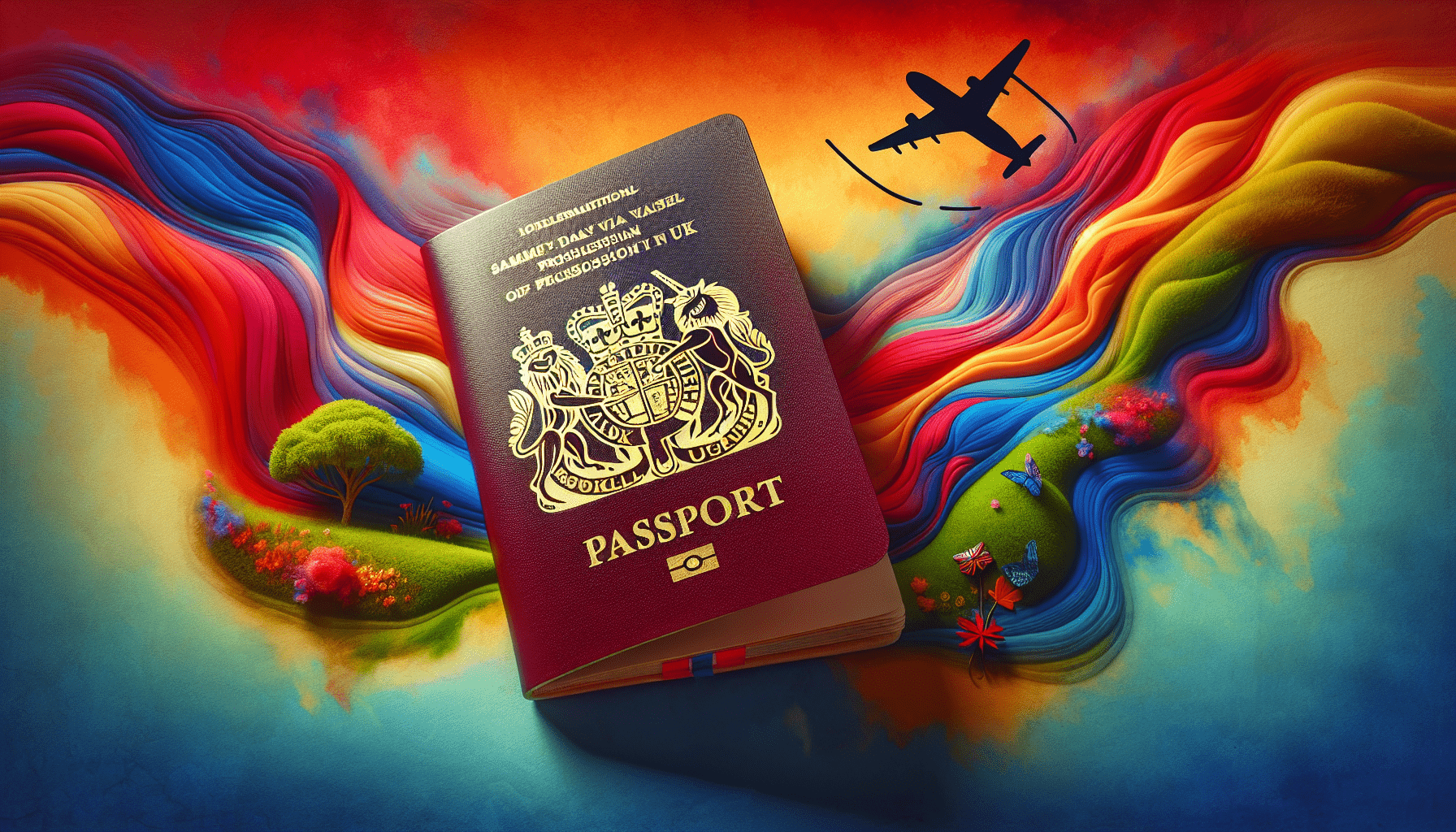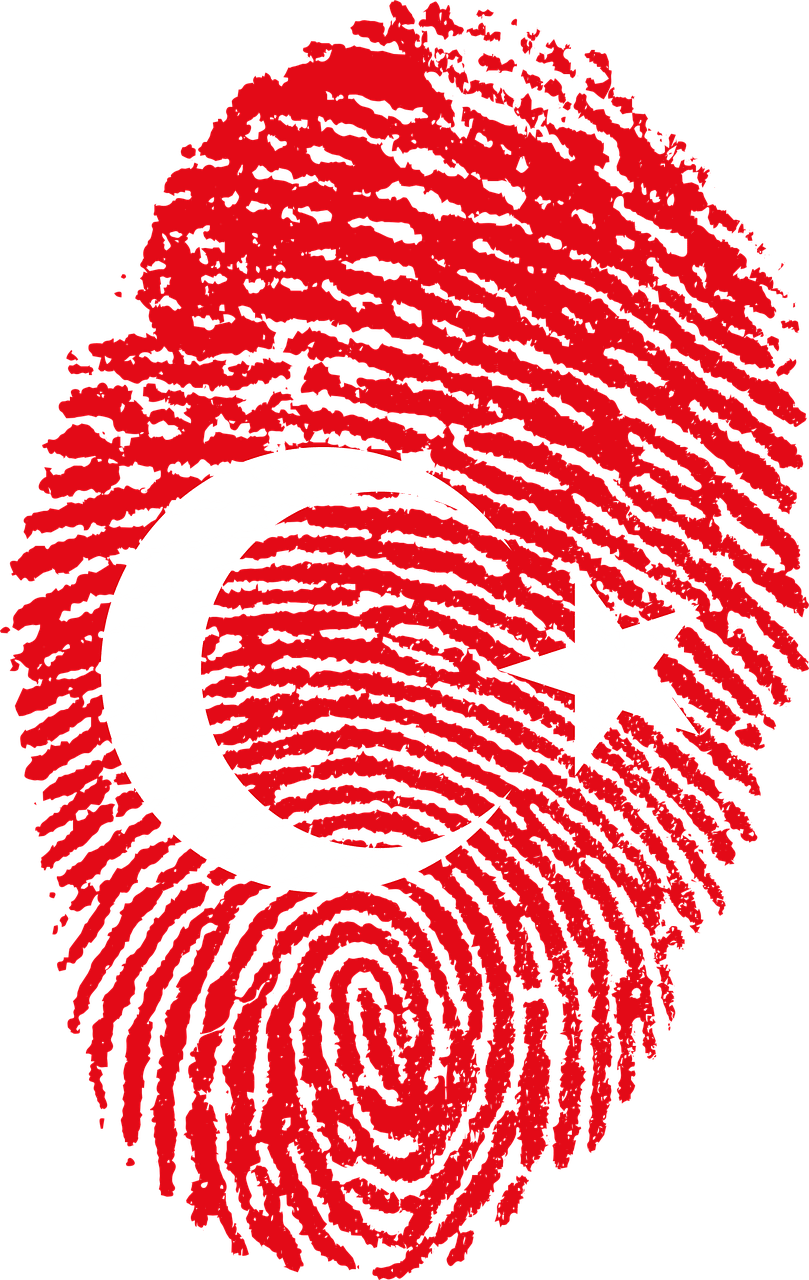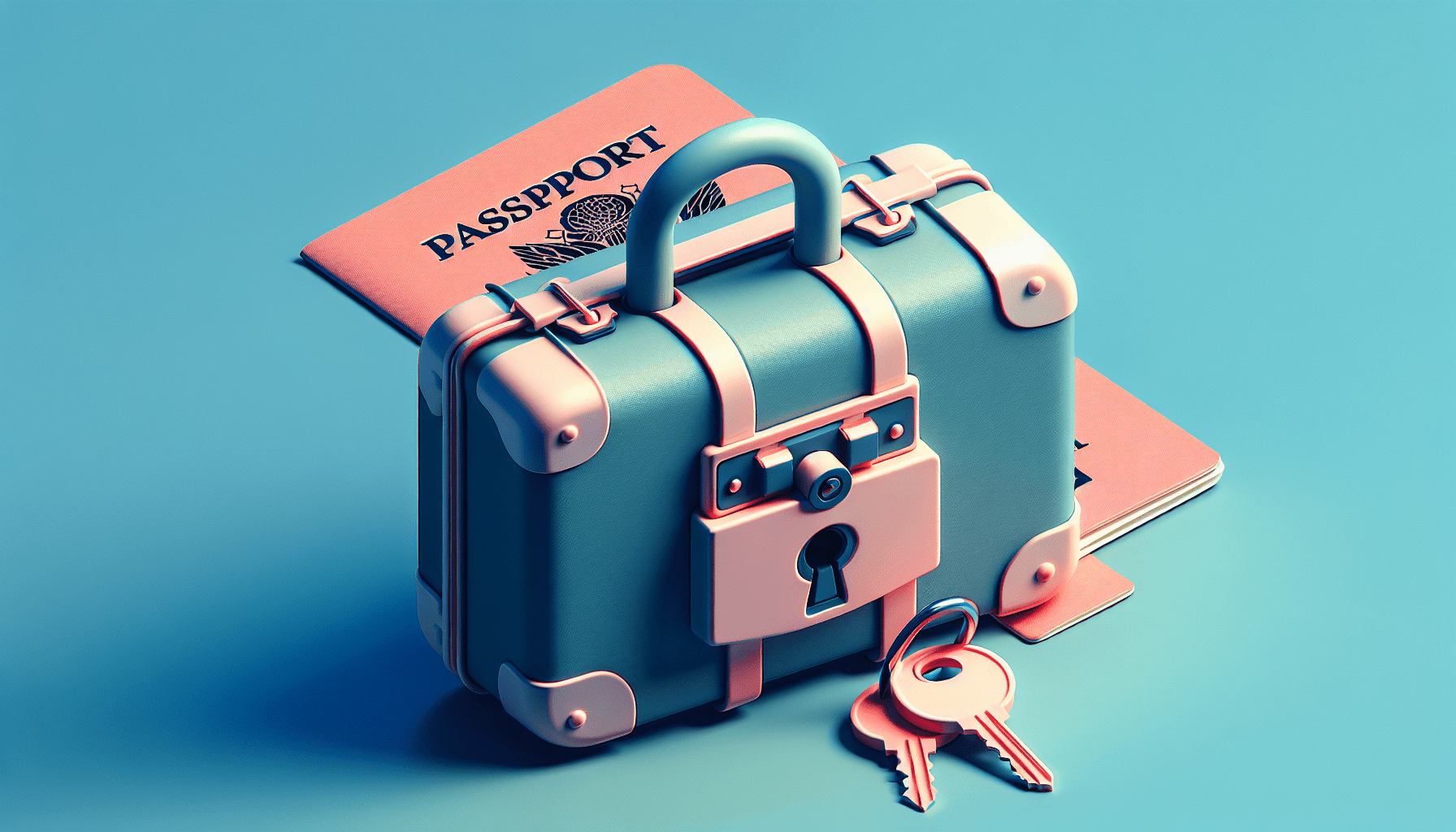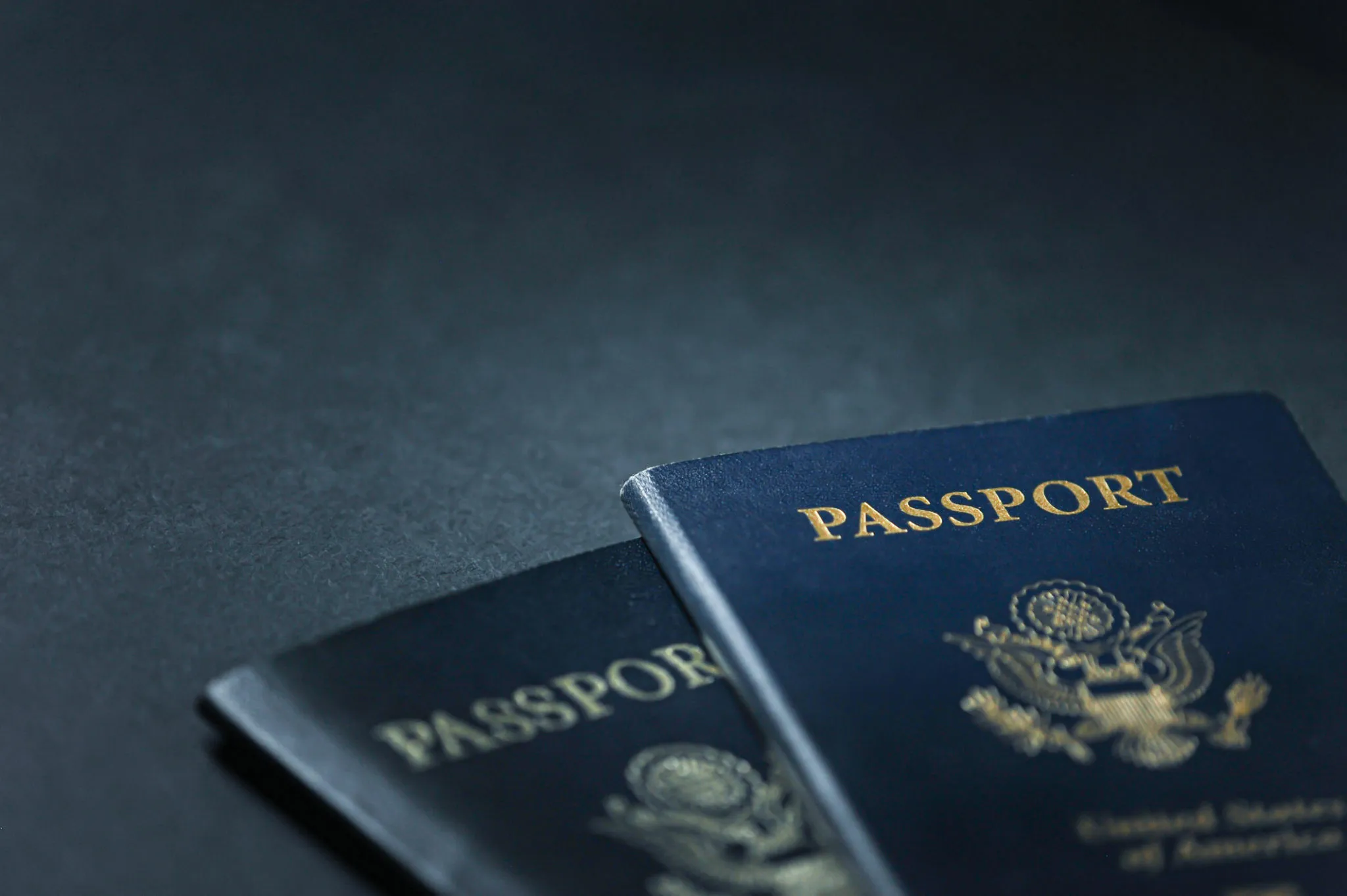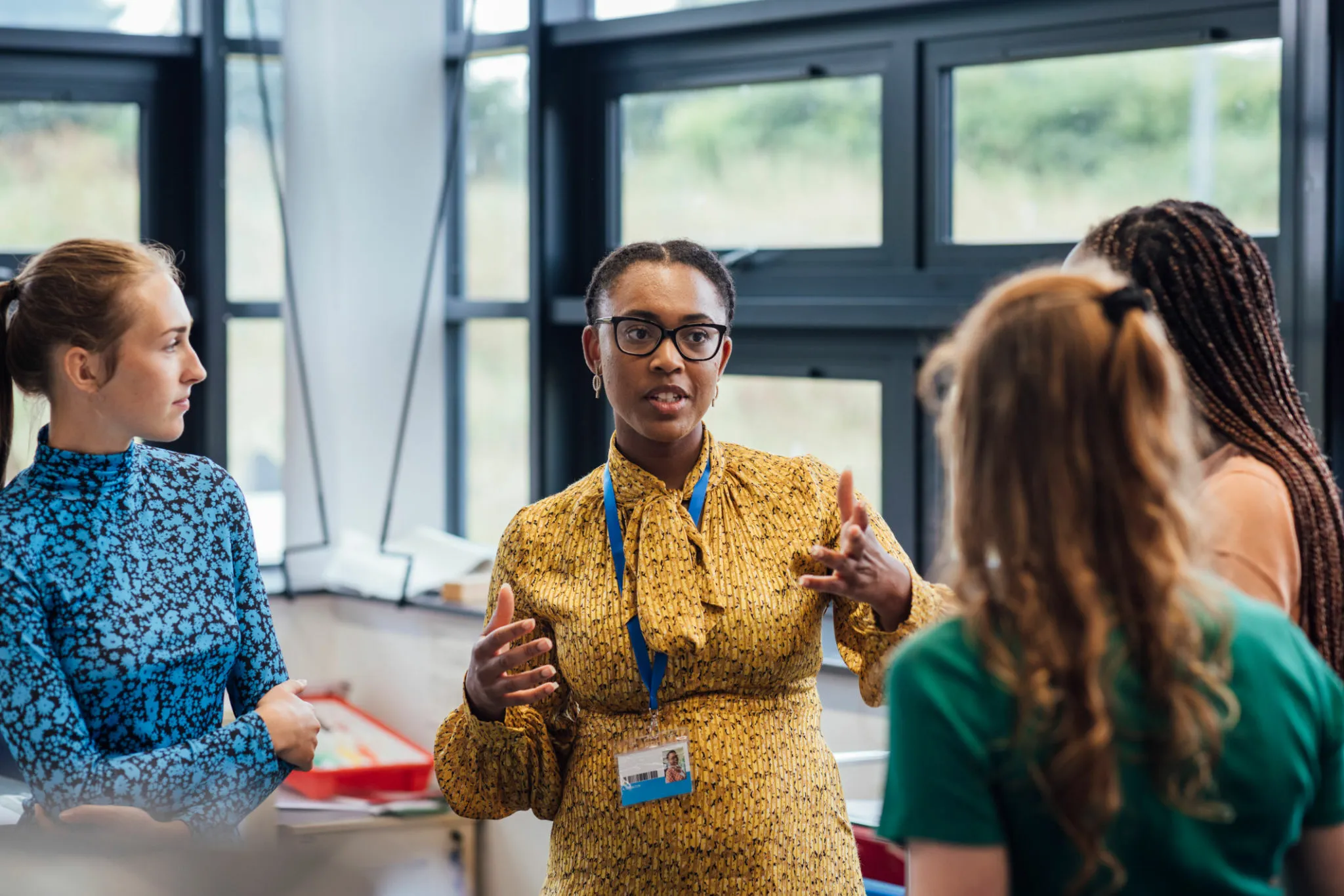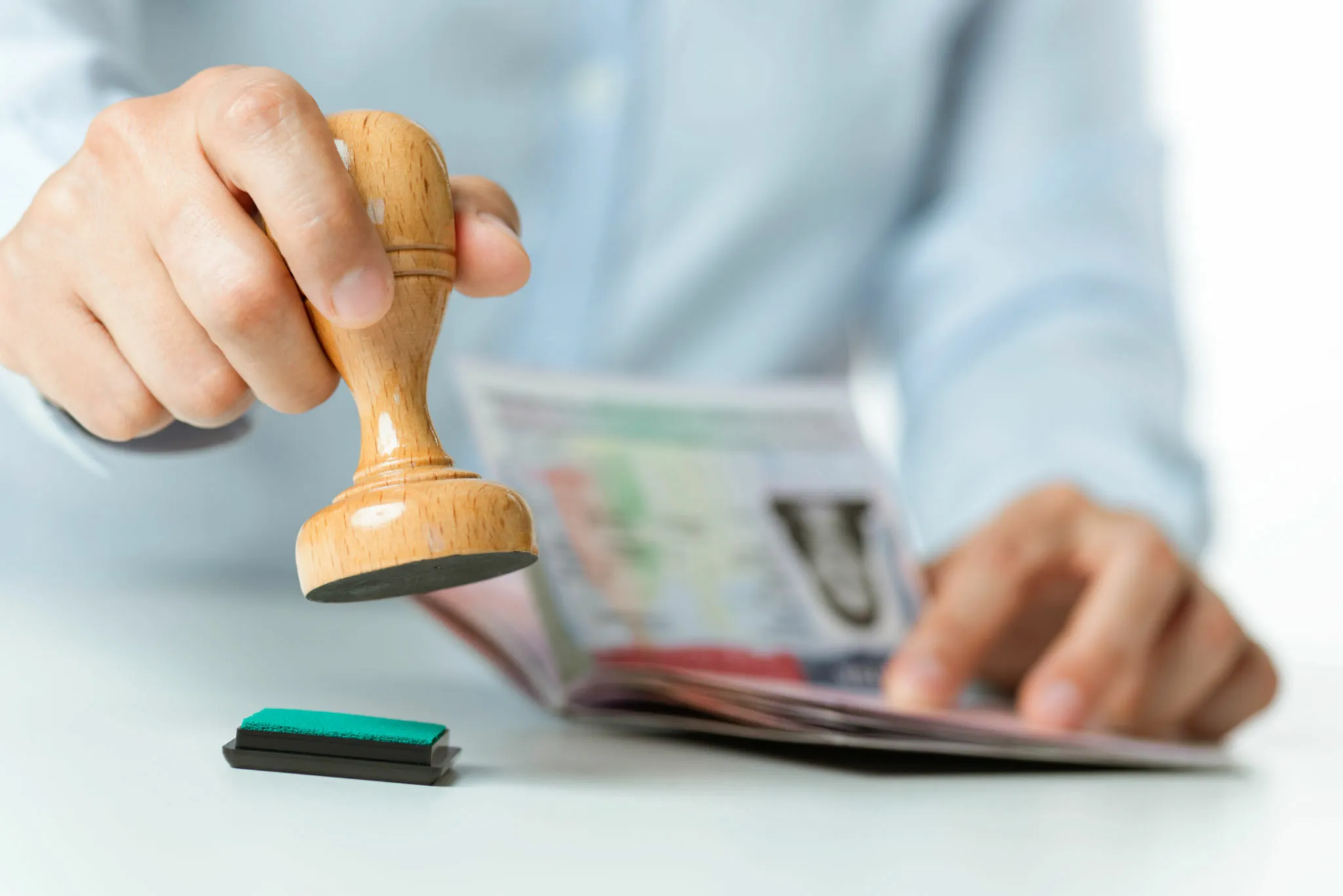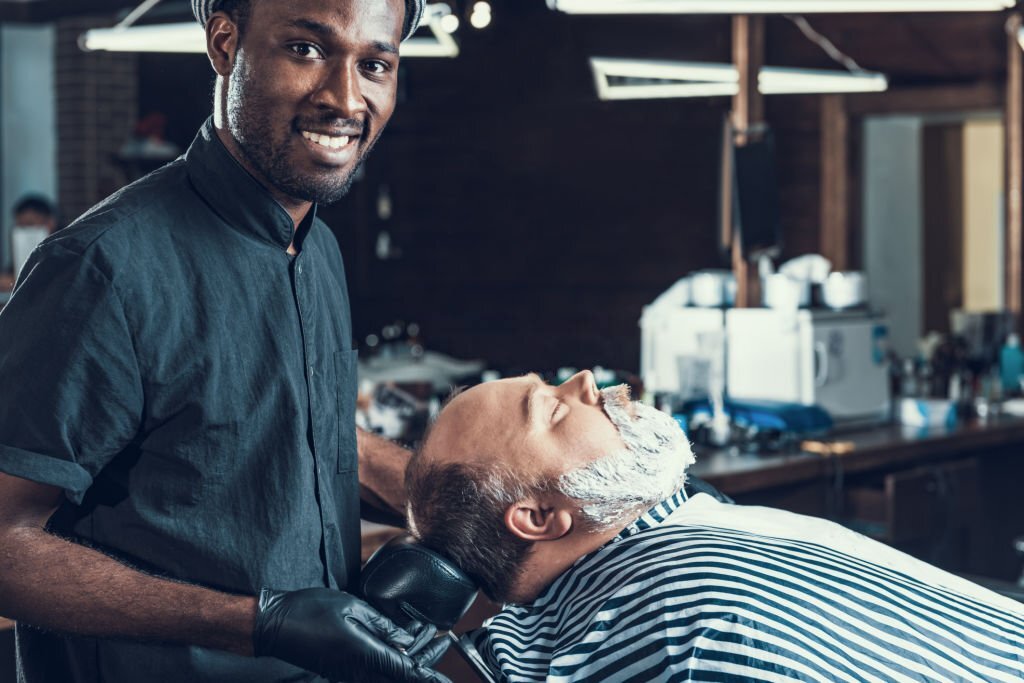Visa Guide
How Can I Get US Visa As Early As Possible?
Discover strategies and tips to expedite the US visa process and increase your chances of obtaining one quickly. Start your journey now!
If you’re eager to secure a US visa as soon as possible, look no further! In this article, we will explore various strategies and tips to expedite the process and increase your chances of obtaining a visa quickly. Whether you’re planning a dream vacation, pursuing higher education, or seeking career opportunities in the United States, we’ve got you covered. So, let’s get started on your journey towards obtaining your US visa in the shortest time possible!
Types of US Visas
There are several types of US visas available for individuals seeking to travel to the United States for various purposes. It is important to understand the different visa categories in order to determine which one is appropriate for your specific needs. Whether you are visiting the US for tourism, business, education, work, or to join family members, each visa category has specific requirements and conditions that must be met.
Here are some of the most common types of US visas:
Tourist Visa (B-2)
The B-2 visa is for individuals who wish to visit the United States for tourism or recreational purposes. This includes vacations, sightseeing, visiting family and friends, medical treatment, or participation in social or cultural events. The B-2 visa is typically granted for a short period of time, usually up to 6 months.
Business Visa (B-1)
The B-1 visa is designed for individuals traveling to the United States for business purposes. This includes attending conferences or seminars, negotiating contracts, consulting with business partners, or conducting research. The B-1 visa allows individuals to engage in a wide range of business activities, but it does not permit employment or receiving payment from a US source.
Student Visa (F-1)
The F-1 visa is for individuals who wish to pursue academic or language studies in the United States. This visa is typically used by students attending universities, colleges, high schools, or language training programs. In order to obtain an F-1 visa, applicants must be accepted by a US educational institution and prove their ability to financially support themselves during their studies.
Temporary Work Visa (H-1B)
The H-1B visa is a temporary work visa that allows employers in the United States to hire foreign workers in specialized occupations. This visa is typically granted to individuals who possess highly specialized skills or knowledge in fields such as engineering, computer science, medicine, or business. The H-1B visa is subject to an annual cap, and employers must demonstrate that they cannot find qualified US workers to fill the position.
Exchange Visitor Visa (J-1)
The J-1 visa is designed for individuals who wish to participate in exchange programs in the United States. This includes educational and cultural exchange programs, research or teaching programs, or professional training programs. The J-1 visa encourages international cooperation and cultural exchange, and it typically requires individuals to return to their home country for a certain period of time after completing the program.
Investor Visa (E-2)
The E-2 visa is for individuals who wish to invest a substantial amount of capital in a US business. This visa is typically granted to individuals from countries that have a treaty of commerce and navigation with the United States. The E-2 visa allows individuals to live and work in the United States for the purpose of developing and directing their investment.
Spouse or Family Visa (K-3/K-4)
The K-3 visa is for the spouses of US citizens who wish to join their US citizen spouse in the United States while waiting for their immigrant visa to be processed. The K-4 visa is for the children of US citizens’ foreign spouses. These visas allow families to reunite while the immigration process is underway.
Diplomatic and Official Visas
Diplomatic and official visas are granted to individuals who are traveling to the United States on behalf of their government or international organization. These visas are reserved for diplomats, government officials, or employees of international organizations who are engaged in official duties or diplomatic activities.
Visitor Visa for Medical Treatment (B-2)
The B-2 visa for medical treatment allows individuals to travel to the United States for medical purposes. This includes seeking specialized medical care, undergoing medical procedures, or receiving treatment for a specific medical condition. In order to obtain this visa, individuals must provide documentation from a US healthcare provider stating the need for medical treatment in the United States.
Transit Visa (C-1)
The C-1 transit visa allows individuals to transit through the United States on their way to another country. This visa is typically used by individuals who have a layover in the United States and need to pass through US airports or ports of entry. The C-1 visa is only valid for a short period of time and does not allow individuals to enter the US for any purpose other than transit.
Determining the Right Visa Category
Before applying for a US visa, it is essential to determine the right visa category based on the purpose of your travel. Each visa category has specific requirements and conditions that must be met, so it is important to choose the category that best matches your intended activities in the United States.
Understanding Your Purpose of Travel
To determine the right visa category, you must first have a clear understanding of your purpose of travel. Are you planning to visit the US for tourism, business, education, work, or to join family members? Identifying your purpose will help you narrow down the options and select the appropriate visa category.
Researching Visa Requirements
Once you have identified your purpose of travel, it is crucial to research the specific visa requirements for that category. Visit the official website of the US Department of State or the US embassy or consulate in your country for detailed information on visa categories, application procedures, and required documentation.
Consulting with Immigration Attorneys or Experts
If you are unsure about which visa category is right for you or if you need assistance with the application process, it is advisable to consult with immigration attorneys or experts. They can provide valuable guidance and help you navigate the complexities of the US visa system.
Evaluating Your Eligibility and Qualifications
After researching the visa requirements and consulting with experts, evaluate your eligibility and qualifications for the chosen visa category. Make sure you meet all the necessary criteria, such as age, education, work experience, financial capability, and ties to your home country. It is essential to be honest and thorough during this evaluation process.
Preparing Required Documents
Once you have determined the right visa category and evaluated your eligibility, it is time to gather the required documents for your visa application. The documents may vary depending on the visa category, but some common documents include:
Valid Passport
You must have a valid passport that is valid for at least six months beyond your intended period of stay in the United States.
DS-160 Form
The DS-160 form is the online application form that must be completed for most nonimmigrant visa categories. This form collects information about your background, purpose of travel, and biographic details.
Visa Application Fee Payment Receipt
You must provide proof of payment for the visa application fee. The fee amount varies depending on the visa category and can be paid online or at a designated bank.
Passport-Sized Photographs
You will need to provide one or two passport-sized photographs as per the specifications provided by the US embassy or consulate. These photographs will be attached to your visa application.
Proof of Financial Capability
You must demonstrate that you have sufficient funds to cover your expenses during your stay in the United States. This may include bank statements, pay stubs, or sponsorship letters.
Letter of Invitation (if applicable)
If you are visiting the United States for a specific purpose, such as attending a conference or conducting business, you may need a letter of invitation from the US host organization or individual.
Supporting Documents for Specific Visa Category
Depending on the visa category, additional supporting documents may be required. For example, if you are applying for an F-1 student visa, you will need to provide your acceptance letter from a US educational institution, proof of financial support, and academic transcripts.
It is important to carefully review the specific document requirements for your chosen visa category and ensure that you have all the necessary documents before submitting your application.
Scheduling an Appointment
Once you have gathered all the required documents, it is time to schedule an appointment for your visa interview at the nearest US Embassy or Consulate. Follow these steps to schedule an appointment:
Find the Nearest US Embassy or Consulate
Determine the location of the nearest US Embassy or Consulate where you will need to attend your visa interview. Check the official website or contact the embassy/consulate for details.
Create an Online Account with the US Embassy or Consulate
Most US Embassies and Consulates require applicants to create an online account through their visa application system. This account will be used to complete the DS-160 form, pay the visa application fee, and schedule an appointment.
Complete the DS-160 Form and Upload a Photograph
Log in to your online account and complete the DS-160 form accurately and truthfully. Ensure that all information is entered correctly. Upload a recent passport-sized photograph as per the specifications provided.
Pay the Visa Application Fee
Once the DS-160 form is submitted, you will be directed to make the visa application fee payment online. Follow the instructions and keep the payment receipt for your records.
Schedule an Appointment for Visa Interview
After making the payment, you can schedule an appointment for your visa interview. Choose a date and time that is convenient for you. Slots may be limited, so it is advisable to schedule your appointment well in advance.
Print the Appointment Confirmation Letter
After scheduling the appointment, you will receive an appointment confirmation letter. Print this letter and keep it with your other visa application documents. This letter will be required to enter the US Embassy or Consulate on the day of your interview.
Attending the Visa Interview
The visa interview is a crucial part of the visa application process. It is your opportunity to provide additional information and convince the consular officer that you are a genuine visitor and will comply with the terms of your visa.
Be Well-Prepared and Dress Appropriately
Before attending the visa interview, it is important to be well-prepared. Review your visa application, documents, and research the potential interview questions for your visa category. Dress appropriately and professionally, as your appearance can leave an impression on the consular officer.
Arrive Early at the Embassy or Consulate
Arrive at the US Embassy or Consulate well ahead of your scheduled appointment time. This will give you plenty of time to go through security checks and be prepared for your visa interview.
Present the Required Documents
When you arrive at the embassy or consulate, present your appointment confirmation letter, valid passport, DS-160 confirmation page, and any other supporting documents requested for your visa category. The consular officer may ask to examine your documents during the interview.
Answer Interview Questions Honestly and Confidently
During the visa interview, the consular officer will ask you questions about your intended travel, purpose of visit, ties to your home country, and other relevant information. It is crucial to answer these questions honestly and confidently. Be prepared to provide additional information or clarification if required.
Follow Any Instructions Provided by the Visa Officer
Listen carefully to any instructions or guidance provided by the consular officer during the interview. They may request additional documents or provide information regarding the visa processing timeline. Ensure that you understand and follow these instructions.
Undergoing Visa Processing and Evaluation
After your visa interview, your application will undergo a thorough review and evaluation process. This includes a series of checks and verifications to ensure that all the information provided is accurate and meets the requirements of the chosen visa category.
Security Checks and Background Investigations
As part of the visa processing, your application will go through various security checks and background investigations. This is done to ensure the safety and security of the United States and its citizens.
Verification of Documents and Information
The visa officer may verify the authenticity of the documents provided and cross-check the information provided during the interview. This process may involve contacting your references, educational institutions, or employers.
Medical Examinations (if required)
For certain visa categories, such as the immigrant visa or visa for medical treatment, a medical examination may be required. This examination ensures that applicants do not have any communicable diseases or health conditions that may pose a public health risk in the United States.
Additional Interview or Document Requests (if necessary)
In some cases, the consular officer may request an additional interview or additional documents to process your visa application. This may be required if the officer needs further clarification or additional evidence to make a decision on your application.
Waiting for Visa Approval
Once your visa application has undergone processing and evaluation, it is time to wait for the final decision on your visa. The length of time it takes to receive a decision may vary depending on various factors, including the visa category and the time of year. Here are some steps you can take during this waiting period:
Estimated Processing Times
Check the official US Department of State website for estimated processing times for the specific visa category you applied for. This will give you a general idea of how long it may take to receive a decision.
Checking the Visa Status Online
You can check the status of your visa application online using the tracking system provided by the US embassy or consulate. This will give you updates on the progress of your application and whether any additional information is required.
Contacting the Embassy or Consulate for Updates
If you have been waiting for an extended period of time or if you have urgent travel plans, you can contact the US embassy or consulate for updates on your visa application. Be prepared to provide your application reference number and any other relevant information.
Responding to Visa Denial or Administrative Processing
In some cases, your visa application may be denied or placed under administrative processing. It is important to understand the reasons for denial or administrative processing in order to take appropriate action.
Understanding the Reasons for Denial or Administrative Processing
If your visa application is denied, the consular officer should provide you with a written explanation of the specific reasons for the denial. Understanding these reasons will help you determine if reapplication is possible or if you need to explore alternative options.
Seeking Legal Advice or Assistance
If you believe that your visa denial was unjust or if you require assistance in responding to administrative processing, it is advisable to seek legal advice or assistance from immigration attorneys or experts. They can review your case and provide guidance on the best course of action.
Reapplying for the Visa (if Eligible)
If your visa application was denied, you may be eligible to reapply. However, it is important to address the specific reasons for denial and ensure that you have additional evidence or documentation to support your case. Consult with immigration attorneys or experts before reapplying to maximize your chances of success.
Preparing for Travel to the US
Once your visa application has been approved and you have received your visa, it is time to prepare for your travel to the United States. Here are some important steps to take before your departure:
Obtaining Necessary Travel Documents
Ensure that you have all the necessary travel documents, including your valid passport with the visa stamp, boarding passes, and any additional documentation required by the airlines or immigration authorities.
Booking Flight Tickets and Accommodation
Book your flight tickets and make arrangements for accommodation in the United States. It is advisable to make these arrangements well in advance to ensure availability and secure the best prices.
Purchasing Travel Insurance
Consider purchasing travel insurance to protect yourself against unexpected events or emergencies during your stay in the United States. Travel insurance can provide coverage for medical expenses, trip cancellations, lost baggage, and other unforeseen circumstances.
Preparing Financially for the Trip
Ensure that you have sufficient funds to cover your expenses during your stay in the United States. It is recommended to carry a mix of cash, credit cards, and traveler’s checks for convenience and security.
Conclusion
Obtaining a US visa can be a complex and time-consuming process, but with the right information and preparation, it is possible to navigate through the system successfully. By understanding the different types of US visas, determining the right visa category, gathering the required documents, attending the visa interview, and following the necessary steps, you can increase your chances of obtaining a US visa as early as possible. Remember to be honest and thorough throughout the process and seek guidance from immigration attorneys or experts if needed.
Didn't find what you were looking for? Search here


